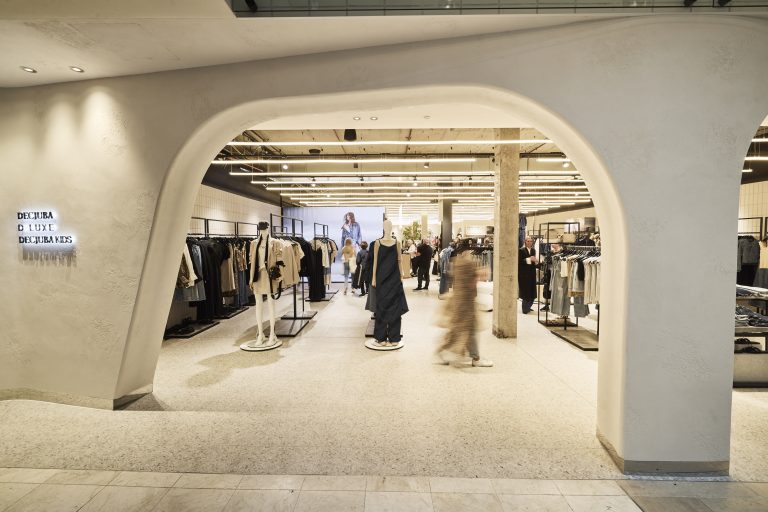The bond-free rental: how Build-to-rent is shaking up Australia’s rental market
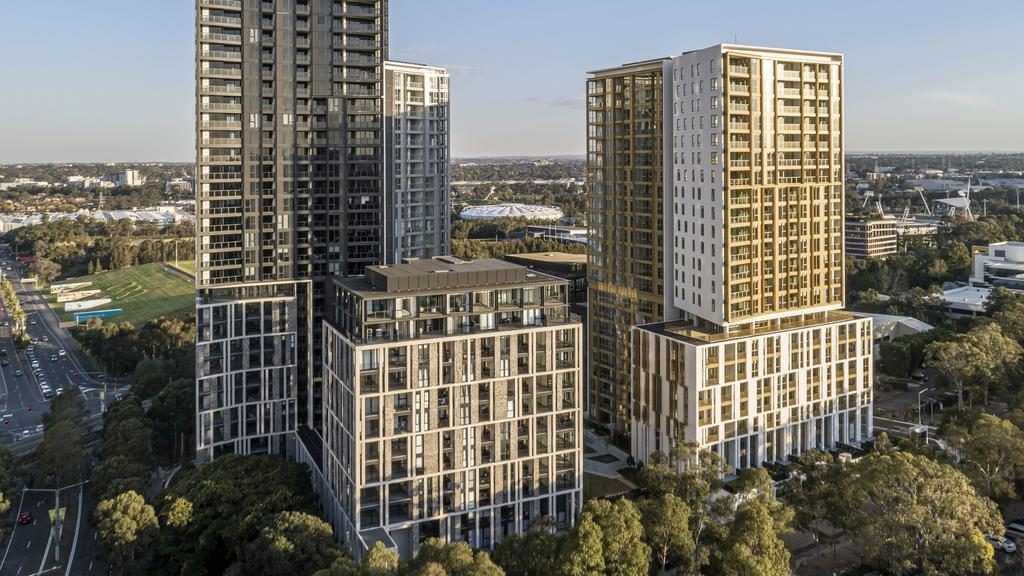
Australia’s rental market is being shaken up by a new group of landlords who are building entire apartment communities from the ground up and offering major perks like bond-free leases, long-term tenure and lush amenities.
These new apartment buildings are part of the Build-to-Rent (BTR) wave that has swept across the country, however some of these new homes will cost you more to rent.
As the name suggests, these homes are built for renters rather than homebuyers, so there is a greater emphasis on fostering a lifestyle and community to keep renters there for as long as they can.
A range of BTR brands have burst onto the scene, offering different levels of services and amenities depending on your budget.
The bond-free lease has been one of the biggest gamechangers in Australia’s rental market, which is currently offered at Mirvac’s LIV apartments.
Renters can lease an apartment in the LIV branded buildings and skip the bond process altogether.
The LIV brand has two complexes up and running already, including the 315-apartment LIV Indigo complex at Sydney Olympic Park, which is almost fully occupied.
It also has the LIV Munro building at the Queen Victoria Market in the Melbourne CBD, with 490 units that are currently about 70% leased.
Angela Buckley, fund manager – BTR sector lead at Mirvac, said the BTR sector aimed to bridge the gap between buying and renting in the Australian property market, creating a viable option for those who can’t or choose not to own a home.

LIV’s Indigo apartment complex in Sydney is almost fully occupied. Picture: Supplied.
“LIV, Mirvac’s BTR offering, provides security, connection, and community, but without the rental bond payment, without interest rate rise stress, and without the land or stamp duty taxes that all make purchasing a home unobtainable for many Australians,” she said.
Mirvac has about $1 billion worth of BTR properties currently under construction nationally, including two more Melbourne complexes and its first Brisbane complex.
Outside of the bond-free lease, there are a range of benefits for renters including flexible lease arrangements with long lease terms available and the freedom to personalise your space.
They are offering proactive maintenance programs, pet-friendly policies and some are even giving renters the ability to swap units in the same complex.
BTR brands are going big on amenities like gyms, pools, yoga rooms and other health and wellness facilities.
They are also creating spaces to live and work from shared outdoor spaces, BBQ areas and cinemas to communal working spaces to work from home.
Complexes are actively managed and offer services like concierges, add-on cleaning services and organised community events to give residents a chance to catch up.
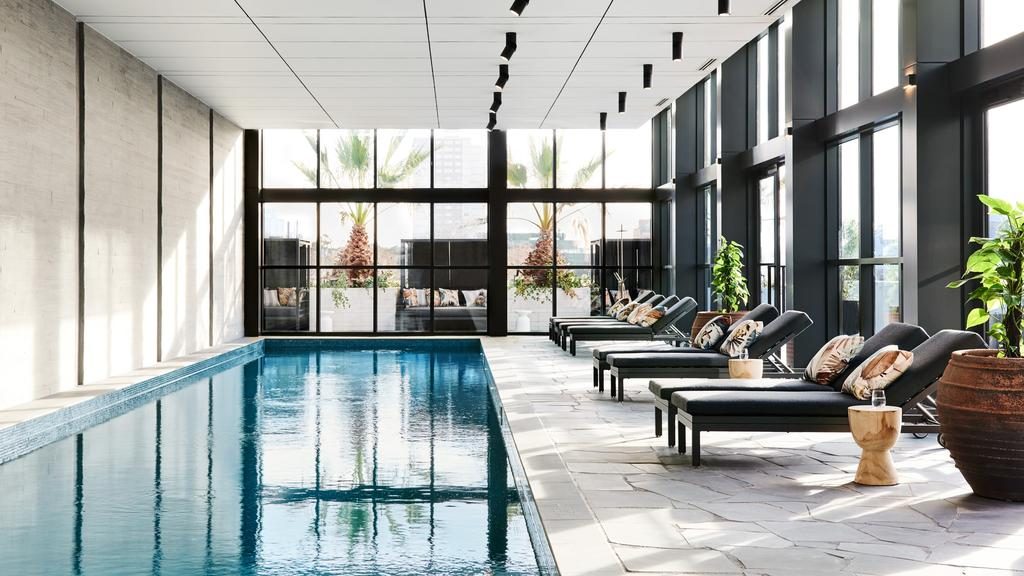
Build-to-rent apartment complexes like the Home Richmond building in Melbourne are offering premium amenities like pools, gyms and more. Picture: Supplied.
Essence Communities, which manages the Realm BTR brand, said it created a genuine community with neighbours through events, a social calendar and special interest groups that were shaped by the residents.
The company said the sense of community was a critical component of the progressive lifestyle choices on offer in their buildings that were purposely designed for renters.
There are a range of BTR brands today that have buildings up and running or in the pipeline, including Home, Indi, Local, Greystar, Sentinel and more.
How does Build-to-Rent work
Build-to-rent apartment complexes are designed and built by a developer who holds onto all of the apartments in the building once they are completed instead of selling them on to individual investors.
Alternatively, developers may build these apartments buildings on behalf of institutional investors such as superannuation funds, which hold on to them and rent them out to renters.
In Australia, the BTR sector is set to grow rapidly with about 50,000 apartments set to be built by 2030, according to Colliers estimates with the potential for BTR to also start delivering other housing forms by then that will further boost the supply pipeline.
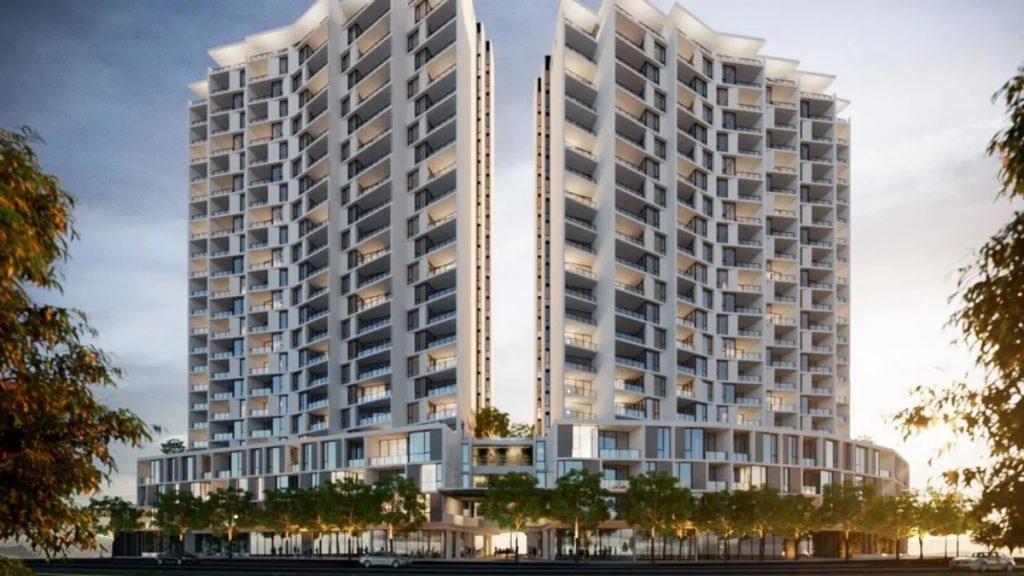
LIV Aruna in Brisbane will feature 99 homes offered to essential workers at affordable rents. Picture: Supplied.
The rise of BTR comes at a critical time amid Australia’s rental crisis, with the national rental vacancy rate sitting at a record low of 1.06% in September, according to Proptrack.
Proptrack economist Anne Flaherty said renters were feeling the squeeze across the country, with rental vacancy down in both capital and regional areas.
Ms Flaherty said declining vacancy rates were increasing competition for rentals and placing growing pressure on rents.
Advocates are quick to point out that BTR sector will deliver much-needed additional rental homes to the undersupplied market, although Colliers cautioned that it would still only account for about 1% of the total rental supply in Australia by 2030.
But Colliers’ Build-to-rent national director Robert Papaleo said the sector would play a significant role in building homes when others won’t.
Private investors tend to invest in rental properties during the good times and less so during the downturns.
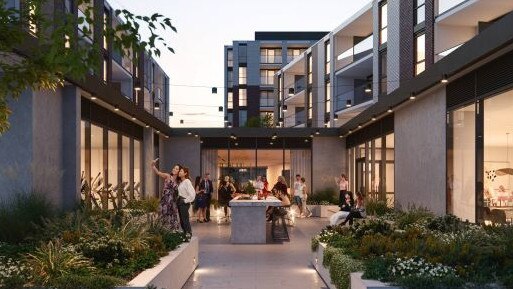
The Realm BTR brand creates a sense of community at its Realm Caulfield complex through events and special interest groups. Picture: Supplied.
“BTR has the potential to deliver supply more consistently through the peaks and troughs of property cycles because it isn’t reliant on the drivers behind private investment, which tend to be more cyclical,” he said.
Property industry groups are trying to attract more institutional investors to invest in Australia’s rental market and build more apartments.
Matt Kandelaars, group executive of policy and advocacy at the Property Council of Australia, said we need to encourage institutional investment to deliver housing at scale if we’re to have any hope of meeting our home building targets.
“If we’re to have any hope of meeting our targets, we need to encourage institutional investment to deliver housing at scale – including for high-community benefit housing types like build-to-rent, purpose-built student accommodation and retirement living,” Mr Kandelaars said.
“Not only do they add to the total housing pool, they provide housing choice and diversity to meet the needs of renters, students and retirees.”
One factor that looms over the BTR sector is housing affordability, with many BTR homes charging above-market rents currently.
But BTR brands are looking at ways to address affordability, including offering affordable homes in their buildings in exchange for subsidies and other benefits.
The Queensland government provided a subsidy to the LIV brand to include 99 ‘affordable’ apartments at its 396-home LIV Anura building in Brisbane.
Those apartments will be dedicated to essential workers at an affordable rent set at a 25% discount to market rents.
Ms Buckley said they hoped to work with other state governments to encourage more BTR projects with affordable housing.
“All levels of government need to work together, alongside industry and the community, on a coordinated plan and approach to help unlock a diverse range of housing across the country – we need all types of housing to solve this crisis – from build-to-rent to greenfield and infill,” she said.

